How To Use Landscape Fabric In Planter Boxes For Weedfree Beautiful Gardens
Introduction
Weeds can be a major nuisance in gardens, especially in planter boxes. They can crowd out your plants, compete for water and nutrients, and make your garden look untidy.
Landscape fabric is a great way to control weeds in planter boxes. It is a sheet of material that is placed under the soil, and it prevents weeds from growing through. Landscape fabric also helps to retain moisture in the soil, which can help your plants to grow healthier.
In this blog post, I will show you how to use landscape fabric in planter boxes to create weed-free beautiful gardens.
Benefits of Using Landscape Fabric in Planter Boxes
There are many benefits to using landscape fabric in planter boxes, including:
- Weed control: Landscape fabric prevents weeds from growing through the soil, which can save you a lot of time and effort weeding.
- Moisture retention: Landscape fabric helps to retain moisture in the soil, which can help your plants to grow healthier.
- Erosion control: Landscape fabric can help to prevent erosion in planter boxes, especially if they are located in windy areas.
- Ease of use: Landscape fabric is easy to install and maintain.
How to Choose the Right Landscape Fabric
There are two main types of landscape fabric: woven and non-woven. Woven landscape fabric is stronger and more durable than non-woven landscape fabric, but it is also more expensive. Non-woven landscape fabric is less expensive, but it is not as strong or durable.
For planter boxes, I recommend using non-woven landscape fabric. It is strong enough to prevent weeds from growing through, but it is also flexible enough to be cut to fit around plants.
How to Install Landscape Fabric in Planter Boxes
Here are the steps on how to install landscape fabric in planter boxes:
- Measure the size of the planter box and cut the landscape fabric to fit.
- Place the landscape fabric in the planter box and smooth it out.
- Secure the landscape fabric in place with landscape staples or rocks.
- Add soil to the planter box and plant your plants.
Tips for Using Landscape Fabric in Planter Boxes
Here are some tips for using landscape fabric in planter boxes:
- Make sure that the landscape fabric is not touching the sides of the planter box. This will help to prevent water from pooling around the edges of the fabric.
- If you are planting tall plants, you may need to cut slits in the landscape fabric to allow the roots to grow.
- You can also use landscape fabric to create raised planter boxes. This will help to improve drainage and reduce the amount of weeds that grow in your garden.
Conclusion
Landscape fabric is a great way to control weeds in planter boxes. It is easy to install and maintain, and it can help your plants to grow healthier. If you are looking for a way to reduce the amount of time you spend weeding, landscape fabric is a great option.
If you're looking for more information about landscape fabric for planter boxes, I recommend visiting Home Gardening. This website has a wealth of information on the topic, including:
- The different types of landscape fabric available
- How to choose the right landscape fabric for your planter box
- How to install landscape fabric in your planter box
- The benefits of using landscape fabric in your planter box
I found the information on this website to be very helpful, and I'm confident that you will too. So what are you waiting for? Visit Home Gardening today!
FAQ of landscape fabric for planter box
- What is landscape fabric?
Landscape fabric is a type of plastic sheeting that is used to suppress weeds and prevent soil erosion. It is typically made of woven or non-woven polypropylene or polyethylene.
- What are the benefits of using landscape fabric in a planter box?
There are several benefits to using landscape fabric in a planter box. These include:
* Suppressing weeds. Landscape fabric can effectively suppress weeds by creating a physical barrier that prevents them from growing.
* Preventing soil erosion. Landscape fabric can help to prevent soil erosion by keeping the soil in place. This is especially important in planter boxes that are located in windy or rainy areas.
* Retaining moisture. Landscape fabric can help to retain moisture in the soil, which can be beneficial for plants that require a lot of water.
* Providing a weed-free growing medium. Landscape fabric can create a weed-free growing medium, which can make it easier to care for your plants.
- What type of landscape fabric should I use for a planter box?
The type of landscape fabric that you use for a planter box will depend on your specific needs. If you are primarily concerned with suppressing weeds, then a woven landscape fabric will be a good option. If you are also concerned with preventing soil erosion, then a non-woven landscape fabric will be a better choice.
- How do I install landscape fabric in a planter box?
To install landscape fabric in a planter box, you will need to:
1. Cut the fabric to fit the size of the planter box.
2. Lay the fabric in the bottom of the planter box, making sure that it overlaps the edges of the box.
3. Secure the fabric in place with landscape staples or rocks.
- How deep should I bury landscape fabric in a planter box?
The depth of the landscape fabric will depend on the type of fabric that you are using. Woven landscape fabric should be buried at least 6 inches deep, while non-woven landscape fabric can be buried at least 3 inches deep.
- Can I plant directly in landscape fabric?
It is not recommended to plant directly in landscape fabric. The fabric can prevent water and nutrients from reaching the roots of the plants, which can lead to poor plant growth. If you want to plant directly in the planter box, you should remove the landscape fabric first.
- What are some alternatives to landscape fabric?
There are a few alternatives to landscape fabric that you can use in a planter box. These include:
* Cardboard. Cardboard can be a good alternative to landscape fabric, as it is effective at suppressing weeds and preventing soil erosion. However, cardboard will eventually decompose, so you will need to replace it every few years.
* Mulch. Mulch can also be a good alternative to landscape fabric. Mulch can help to suppress weeds, retain moisture, and improve the appearance of your planter box. However, mulch will need to be replenished periodically.
Image of landscape fabric for planter box
10 different images of landscape fabric for planter box that are free to use:
- Black landscape fabric. This is a versatile option that can be used for a variety of plants.
- Brown landscape fabric. This is a more natural-looking option that can be used to blend in with the surrounding plants.

- Green landscape fabric. This is a good option for plants that prefer shady conditions.
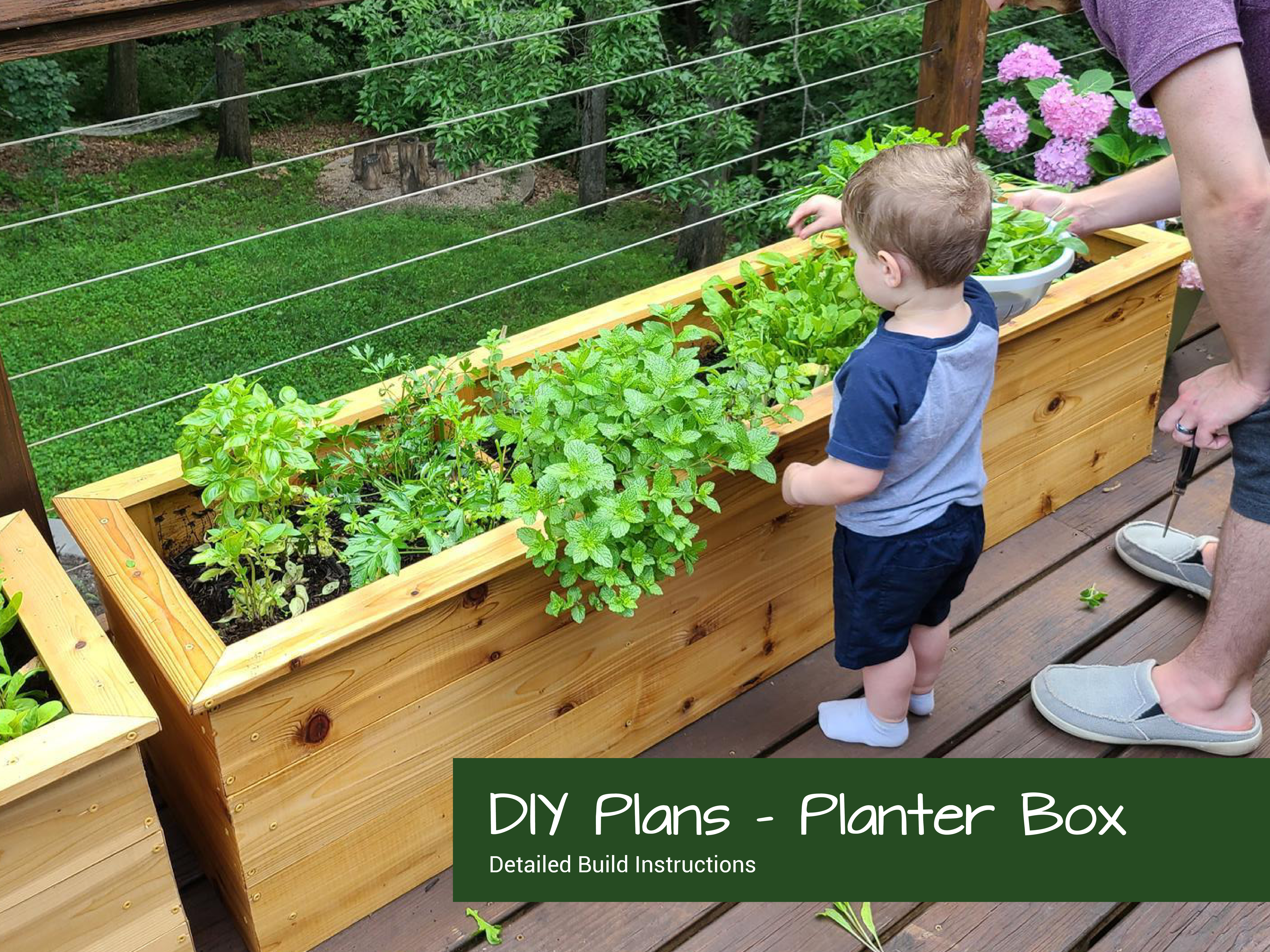
- White landscape fabric. This is a good option for reflecting heat and light, which can help to keep plants cool in hot weather.

- Gravel-reinforced landscape fabric. This is a heavy-duty option that is ideal for preventing weeds from growing through the fabric.
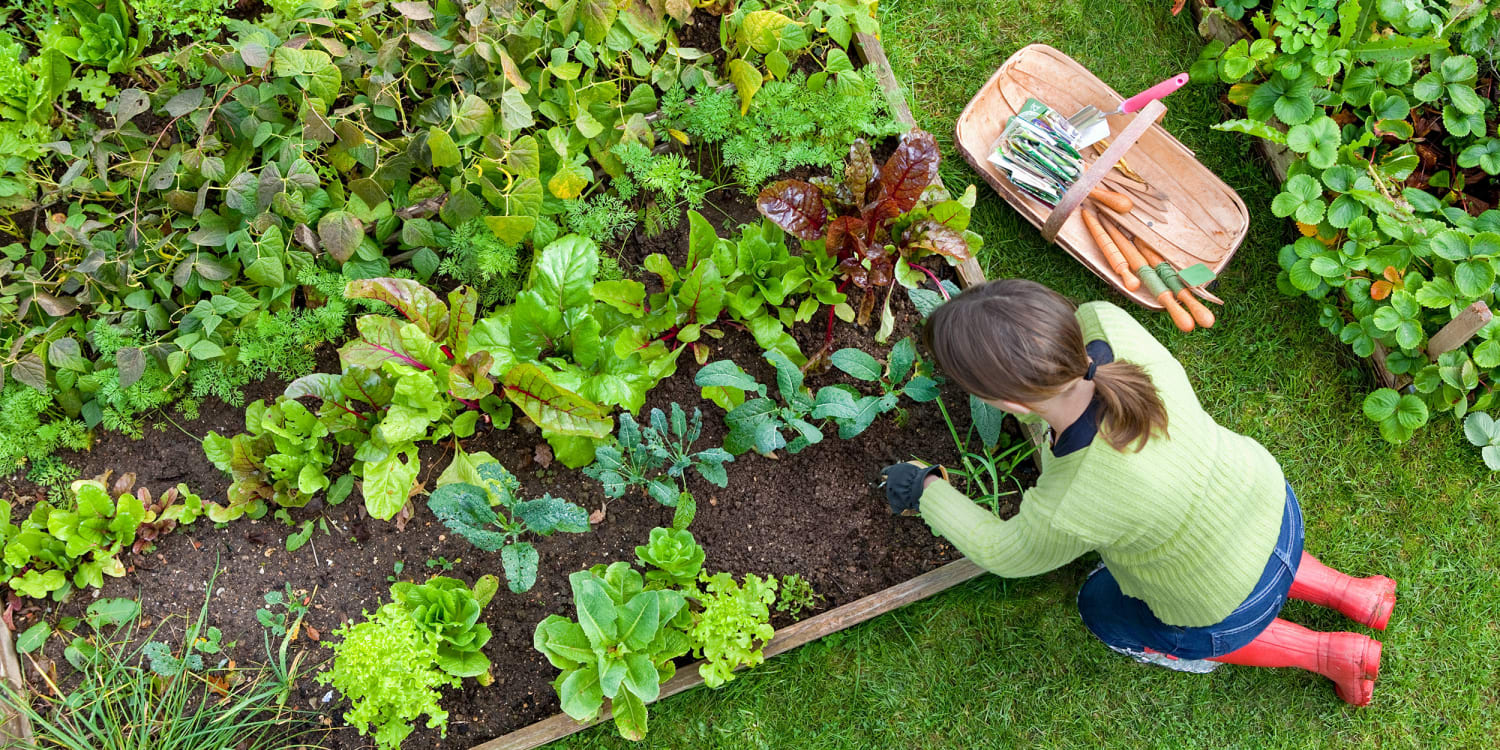
- Woven landscape fabric. This is a breathable option that allows water and air to pass through, which can help to promote plant growth.

- Permeable landscape fabric. This is a type of woven landscape fabric that is specifically designed to allow water and air to pass through.
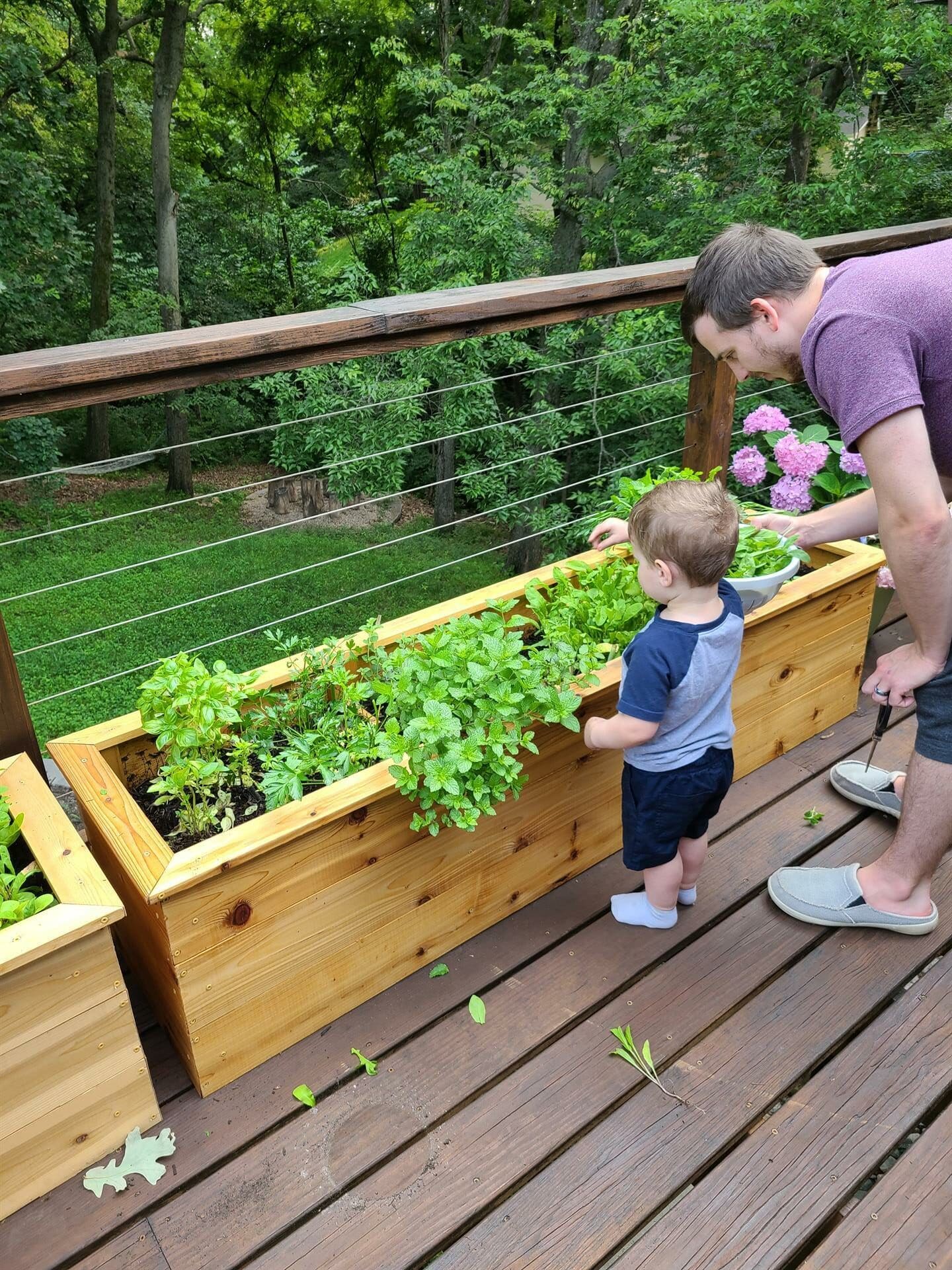
- Biodegradable landscape fabric. This is a type of landscape fabric that will eventually break down in the soil, which is a good option for environmentally conscious gardeners.
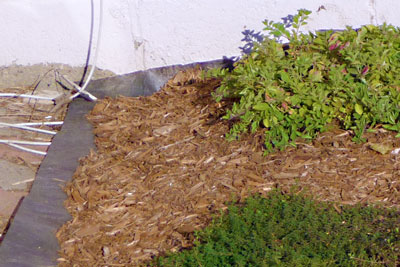
- Reusable landscape fabric. This is a type of landscape fabric that can be washed and reused, which is a good option for budget-conscious gardeners.

- No-weed fabric. This is a type of landscape fabric that is specifically designed to prevent weeds from growing through the fabric.
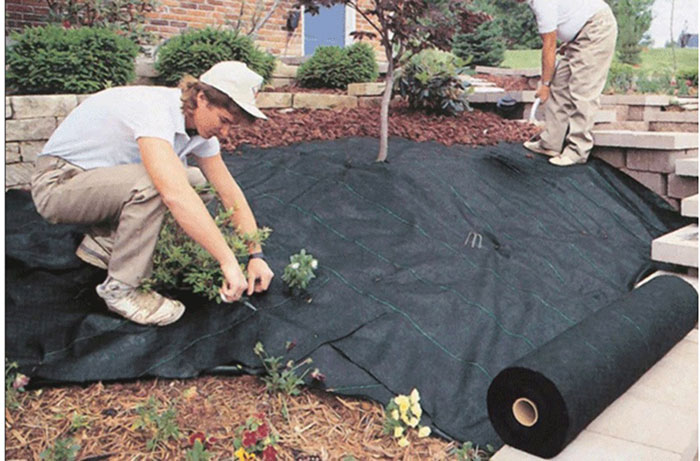

Post a Comment for "How To Use Landscape Fabric In Planter Boxes For Weedfree Beautiful Gardens"